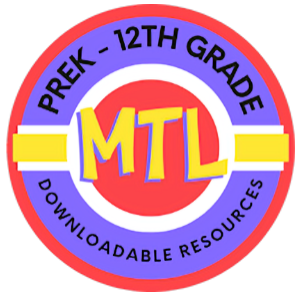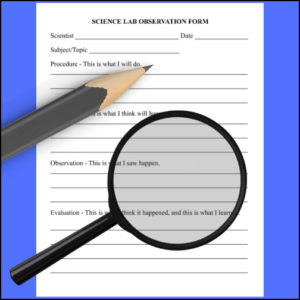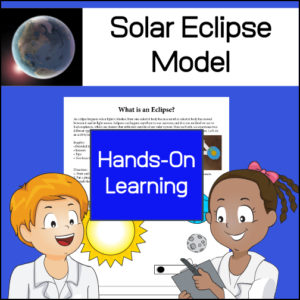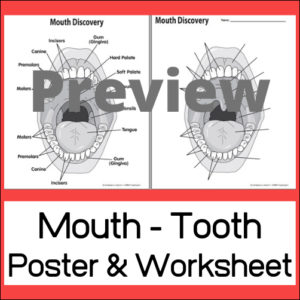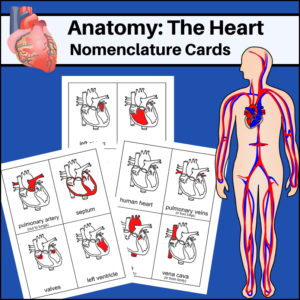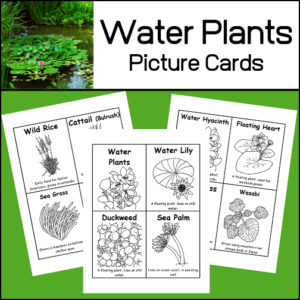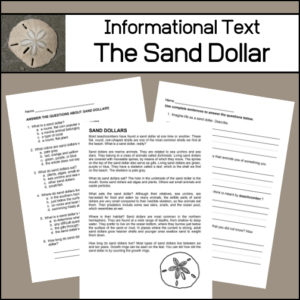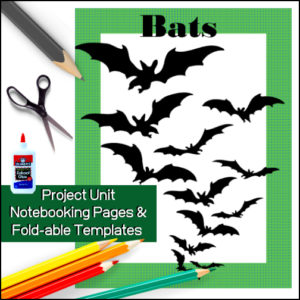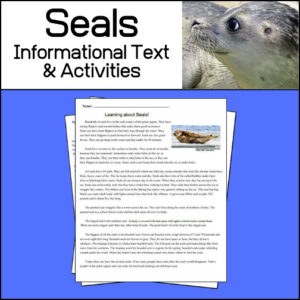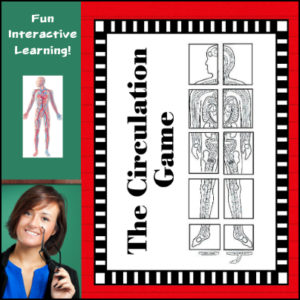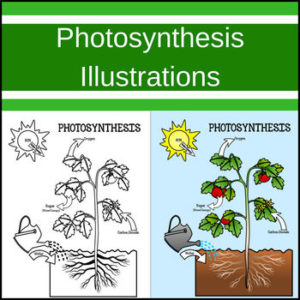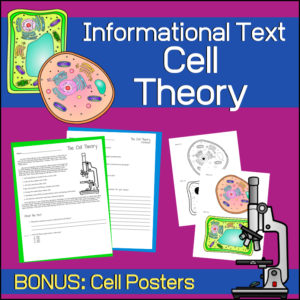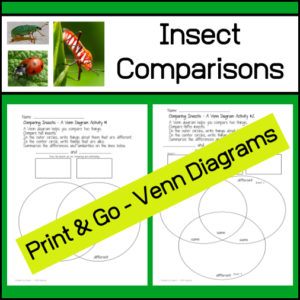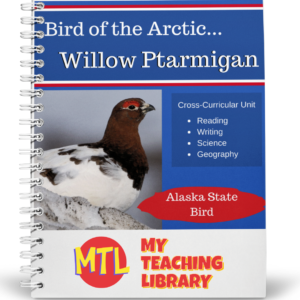Showing 121–133 of 133 results
-
$1.50Buy Now
This form can be used again and again during different Science experiments. Designed for elementary grades.
There are sections for students to record…
- – the procedure that will be performed
- -their prediction
- -their observations
- -their final evaluation (including what they learned)
-
$1.00Buy Now
Students learn best through hands-on learning. This solar eclipse activity has been designed to help students visualize a solar eclipse by creating a simple paper model of one.
-
$1.50Buy Now
Help students learn the parts of the mouth and the types of teeth with this labeled poster and worksheet!
-
$2.00Buy NowThis resource,The Heart – Human Anatomy Nomenclature Cards, help students learn and study the location of the parts of the heart: pulmonary veins, aorta, vena cava, pulmonary artery, septum, valves, left ventricle, left atrium, right ventricle and right atrium.
-
$1.00Buy Now
10 plants that grow in water – picture cards. Each card includes the type of plant, a short description and a picture to color.
Plants included are:
– water lily
– duckweed
– sea palm
– water hyacinth
– floating heart
– watercress
– wasabi
– wild rice
– cattail (bulrush)
– sea grass -
$1.50Buy Now
This informational article will teach students about the sand dollar. They will learn that the little round, coin-shaped shell found on the beach is actually part of a marine animal, related to sea urchins and sea stars. They will also learn how living sand dollars move, that they aren’t ‘white’, how and what they eat and much more. After reading, students will complete two worksheets (multiple choice and short answer) to assess their comprehension / understanding of the material. Answer Key is provided.
Automated Readability Index: 4.8
Grade level: 8-9 yrs. old (Fourth and Fifth graders)
Linsear Write Formula : 5.6
Grade level: Sixth Grade. -
$2.00Buy Now
This informational text article will help students learn about seals, where they live, their physical characteristics and about several different types of this cold water mammal. After reading, students will complete a reading comprehension worksheet and write a story! Answer key provided.
-
$4.00Buy Now
Designed for 4th-8th grade, students will love playing this hands-on game as they…
- – deliver oxygen and food to the cells
- – have oxygen and carbon dioxide ‘ride’ on red blood cells
- – circulate red blood cells throughout the body – through the circulatory system (arteries and veins)
The first team to get all their oxygen to the cells, all the food to the cells, all the wastes to the kidneys and all the carbon dioxides to the lungs, wins the game!
-
$1.50Buy Now
Looking for drawings of the process of Photosynthesis? Here are two – 1 b/w and 1 color in pdf format.
Suggested Uses:
- *Give students the b/w version to color
- * Use the color illustration as a poster
-
$2.00Buy Now
A great introductory lesson on Cell Theory for your Science students. The text will teach students about the contributions of scientists Robert Hooke, Matthias Schleiden, Theodor Schwann and Rudolf Virchow. It lists the 3 basics of Cell Theory as well as the 3 ‘modern’ ideas that have been added to Cell Theory.
-
$2.00Buy Now
Here are 2 ready to use Venn Diagram Science activities for students to use to compare 2 or 3 insects. On each, students will list the insects they will compare and contrast, draw a picture of each and then complete the Venn Diagram.
Extend the activity by asking students to write a paragraph or short report about their discoveries!
-
$3.00Buy Now
Bird of the Arctic – Willow Ptarmigan is a cross-curricular resource (Reading, Writing, Science and Geography) that you can use as a stand alone product or as a supplement to related thematic and/or unit studies. Great to use if you are studying: Habitats, Arctic animals, Alaska, Birds, State birds, Ornithology
